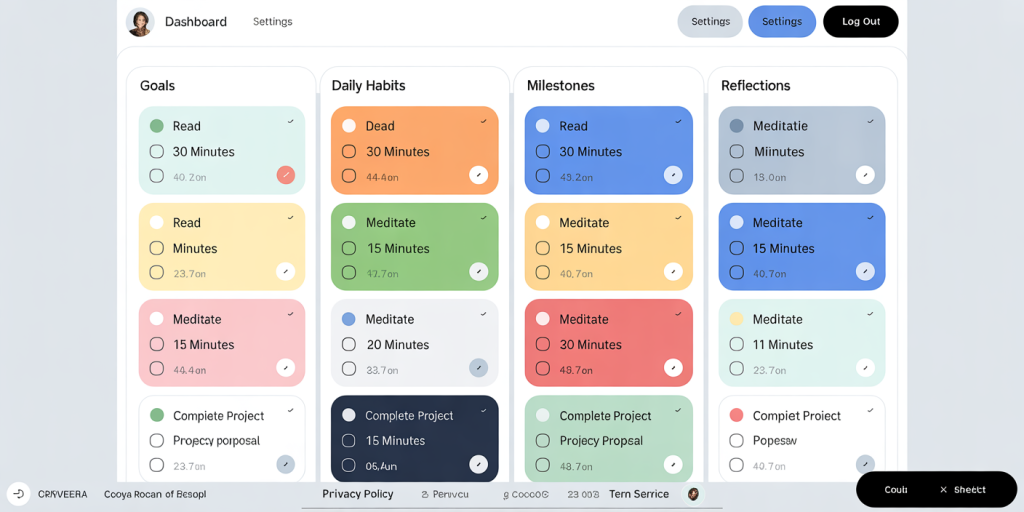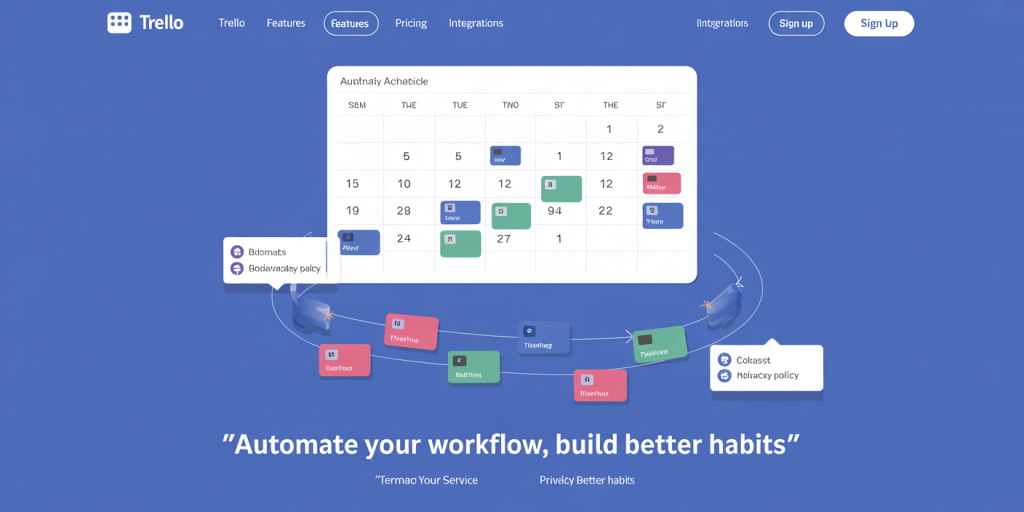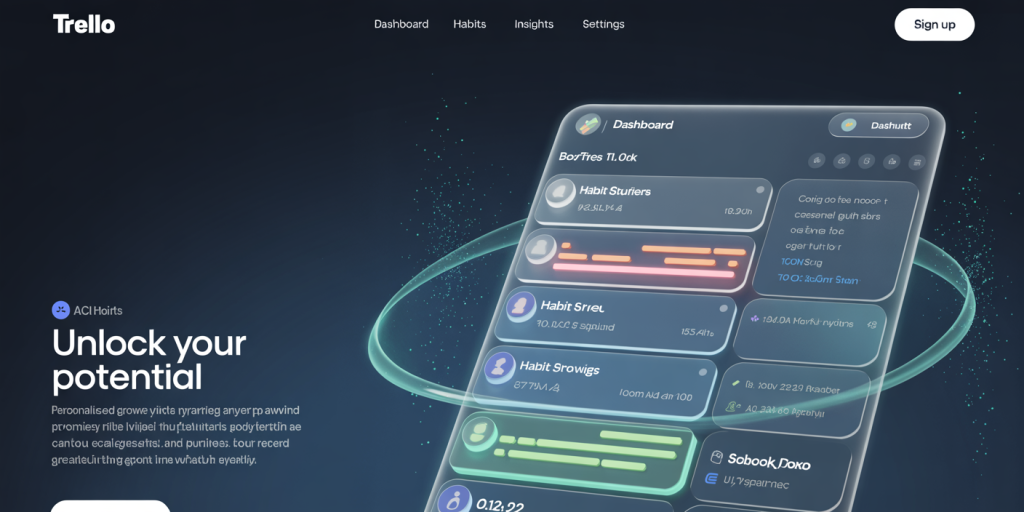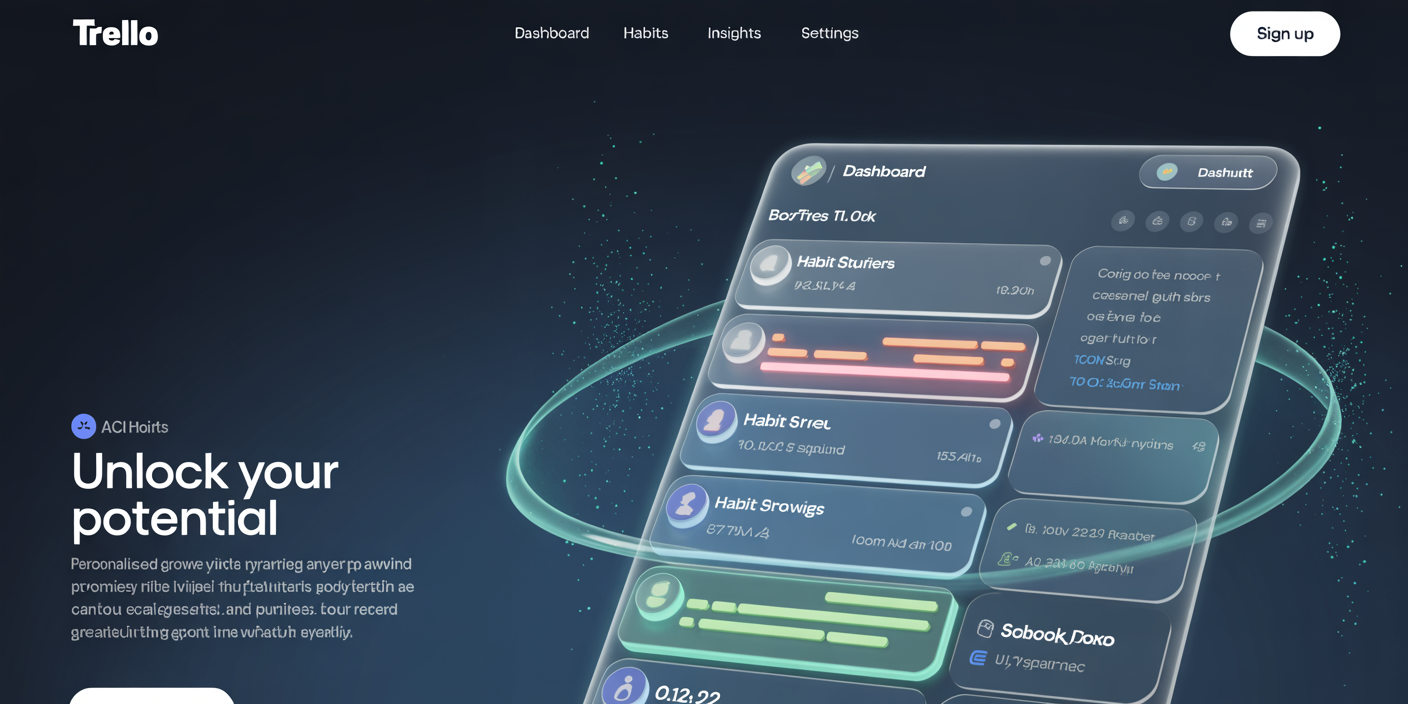How to Use Trello as a Visual Personal Growth Tracker
Tracking personal growth can be a transformative habit, enabling people to recognize progress, stay motivated, and make informed adjustments toward their self-improvement goals. While many tools exist for this purpose, Trello stands out as a visual and flexible platform that can be adapted for personal growth tracking effectively. Trello’s card-and-board system encourages organization and clarity, making it an ideal choice for those who want to monitor self-development in a structured way without overwhelming their process.

This article explores how Trello can be harnessed to serve as a visual personal growth tracker. By integrating Trello’s customizable features, users gain a clear overview of their journey, identify patterns in their habits, and maintain enthusiasm through visualization. Practical techniques, supported by real-life examples, will illuminate the pathway to optimal use. Additionally, comparative insights will highlight how Trello fares against other personal tracking apps and methods.
Visualizing Personal Growth Through Trello’s Flexible Boards
Trello’s core functionality lies in its customizable boards and cards that users can visually arrange. For personal growth tracking, visualization is key because it turns abstract goals and self-improvement objectives into tangible elements that are easy to manage.
Start by creating a dedicated Trello board titled something like “My Personal Growth Tracker.” Within this board, lists can represent various categories such as “Goals,” “Daily Habits,” “Milestones,” and “Reflections.” Each card within these lists can be used to break down specific tasks or objectives, such as “Meditate for 10 minutes,” “Read one chapter,” or “Learn a new skill.”
For example, Alex, a software developer, uses Trello to track his goal of improving public speaking. His board contains lists named “Speech Topics,” “Practice Sessions,” and “Feedback.” Each speech topic is a card where he attaches notes, links to helpful resources, and records feedback comments after practice. This visual setup allows him to move cards through progress stages, which helps maintain momentum and a clear sense of improvement.
Trello’s drag-and-drop feature lets users effortlessly shift cards between lists, mimicking progress stages such as “To Do,” “In Progress,” and “Completed.” This visual movement serves as positive reinforcement. Studies show that visual progress tracking increases motivation by up to 40% compared to non-visual methods (Harvard Business Review, 2023). Thus, Trello’s visual layout effectively leverages this psychological trigger.
Customizing Cards with Checklists, Due Dates, and Labels
Trello cards are versatile and can be customized with a variety of features conducive to detailed personal growth tracking. Among these features, checklists, due dates, and labels offer significant advantages by adding layers of organization and accountability.

Checklists on cards are useful for breaking down complex goals into actionable steps. For instance, if someone wants to “Improve Fitness,” a card’s checklist could include tasks like “Join a gym,” “Workout 3 times a week,” and “Track calorie intake daily.” Checking off items creates a sense of accomplishment and clarity regarding progress.
Due dates enhance time management by setting deadlines on specific goals. Adding reminders through Trello notifications helps users avoid procrastination. For example, Sarah, a freelance writer, sets due dates for completing chapters of her autobiography on Trello. This ensures she maintains consistent output and meets self-imposed deadlines.
Labels provide color-coded categorization and prioritization. A common approach is using colored labels like red for urgent goals, green for completed milestones, and yellow for medium priority tasks. This visual cue helps prioritize and instantly assess which goals need immediate attention.
Table 1: Trello Card Features for Personal Growth vs Other Tools
| Feature | Trello | Habitica | Notion |
|---|---|---|---|
| Visualization | Kanban boards | Gamified lists | Customizable pages |
| Task Breakdown | Checklists | Daily/weekly habits | Subpages & checklists |
| Deadlines | Due dates & notifications | Reminders | Reminders & calendar view |
| Prioritization | Labels & colors | Priority levels | Tags & colors |
| Collaboration | Optional sharing | Multiplayer | Collaborative editing |
This comparison reveals Trello’s strength in visual task management and ease of customizing personal tasks visually while maintaining strong deadline and prioritization features. Other platforms may offer different appeals (e.g., gamification or deep customization), but Trello remains user-friendly and highly visual.
Tracking Progress with Power-Ups and Automation
Trello’s Power-Ups are add-ons that extend functionality, allowing users to integrate tools such as calendars, analytics, and reporting with their boards—valuable for personal growth tracking. Automation features, like Butler, enable routine actions to be set up, saving time and reinforcing habits.

In practice, adding a calendar Power-Up lets users view due dates across all cards in a monthly or weekly calendar layout, providing an overview of scheduled personal development activities. For instance, Mike uses this feature to coordinate his fitness, reading, and meditative practices alongside work deadlines. The ability to visualize time commitments allows him to balance efforts without burnout.
Automation is particularly effective in habit formation. Butler can automate moving cards when checklists are completed, sending congratulatory comments, or repeating weekly tasks automatically. For example, Jennifer created an automation that moves “Daily Meditation” cards to a “Completed” list every evening and copies the task to the next day to maintain streaks.
Empirical research from the University of Chicago (2022) found that automation in task tracking tools increases compliance rates with daily goals by 35%, underlining the usefulness of Trello’s Butler feature. This seamless reinforcement reduces cognitive load and helps users stay consistent over time.
Using Trello for Reflective Practices and Self-Assessment
Reflection is a critical component of personal growth. Trello supports this by allowing users to maintain reflective journals, self-assessment cards, and insight logs all organized in one place.
Create a list named “Reflections” or “Journal” and add cards that correspond to weekly or monthly self-assessment prompts, such as “What did I achieve this week?” or “What challenges did I face?” Users can add comments, attach files like photos or screenshots, and even embed links to relevant articles or notes.
For example, Carina, a project manager pursuing emotional intelligence development, uses Trello to track her reflections after interpersonal interactions at work. She records emotional reactions and outcomes on cards, which she reviews to identify patterns and adjust behaviors.
Moreover, Trello’s comment and activity history feature allow users to see their journey retrospectively—reviewing old cards serves as a form of progress journaling and motivation. The ability to track emotional and performance-related data monthly or quarterly provides a clear picture of growth, which is especially important since research shows people who engage in regular self-reflection experience a 23% greater improvement rate in personal development efforts (Psychology Today, 2021).
Integrating Trello with Other Productivity Tools for Enhanced Growth
To maximize personal growth tracking, Trello can be integrated with other productivity tools such as Google Calendar, Evernote, or fitness trackers. These integrations enrich the data pool and help centralize growth-related information.
For example, Google Calendar sync with Trello’s due dates allows users to see personal milestones alongside professional appointments, fostering better time management. Evernote integration helps store extended reflective journals or research notes linked directly to Trello cards, minimizing information silos.
Fitness middleware apps like Fitbit or Strava don’t directly link with Trello, but users can manually input workout summaries or progress stats on a Trello card or use third-party automation tools (e.g., Zapier) to push data automatically. Keeping a consolidated growth overview in Trello ensures accountability and contextual understanding across different facets of life.
Table 2: Popular Trello Integrations for Personal Growth Tracking
| Integration | Purpose | Benefit |
|---|---|---|
| Google Calendar | Synchronize deadlines | Unified scheduling, avoid conflicts |
| Evernote | Extended note-taking | Deep reflections, research in one place |
| Zapier | Task automation | Auto-updates and cross-platform syncing |
| Slack | Notifications | Growth reminders and motivational cues in communication apps |
This layered approach to personal growth tracking elevates Trello from a standalone organizer to a comprehensive management hub, boosting efficiency and user engagement.
The Future of Visual Personal Growth Tracking with Trello
As digital productivity tools evolve, the future of personal growth tracking is poised to become even more interactive and data-driven. Trello’s adaptability positions it well to incorporate new features such as AI-driven insights, enhanced analytics, and gamification elements.
Artificial intelligence could soon analyze your cards and checklists to provide personalized growth suggestions or alert you to stagnation. Imagine a Trello board that automatically highlights areas where progress lags or recommends new habits based on your tracked performance patterns.
Additionally, virtual reality (VR) and augmented reality (AR) could transform visual growth tracking into immersive experiences. Seeing your personal growth in a 3D space or interacting with habit goals in VR could increase motivation and commitment dramatically.
Finally, data privacy and security in personal development tracking will continue to grow in importance. Trello’s integration with enterprise-grade security measures and encryption can assure users that their sensitive growth information remains protected as the platform expands.
In sum, Trello’s current features already provide powerful tools for visual and effective personal growth tracking. Leveraging these functionalities today lays the groundwork for adapting to—and thriving with—future technological advances, all while maintaining clear, motivating, and customized self-improvement pathways.
